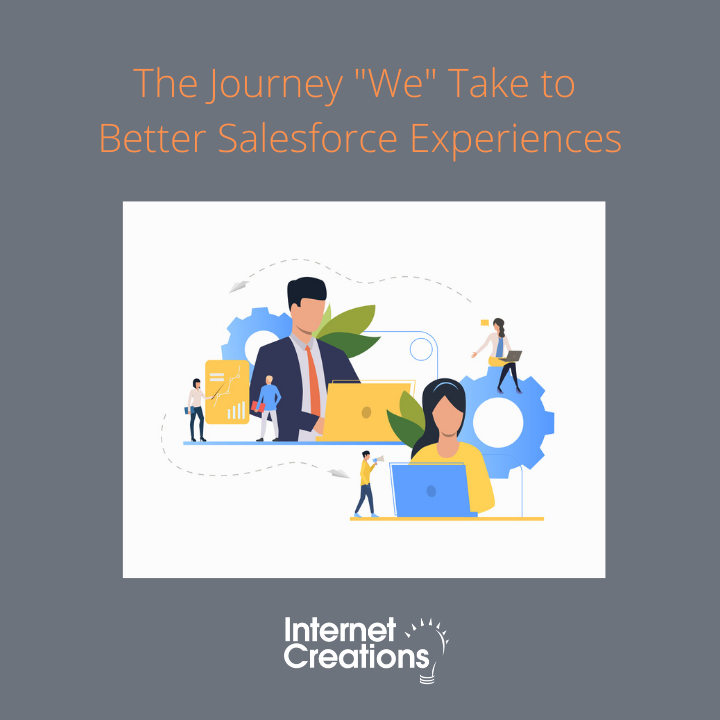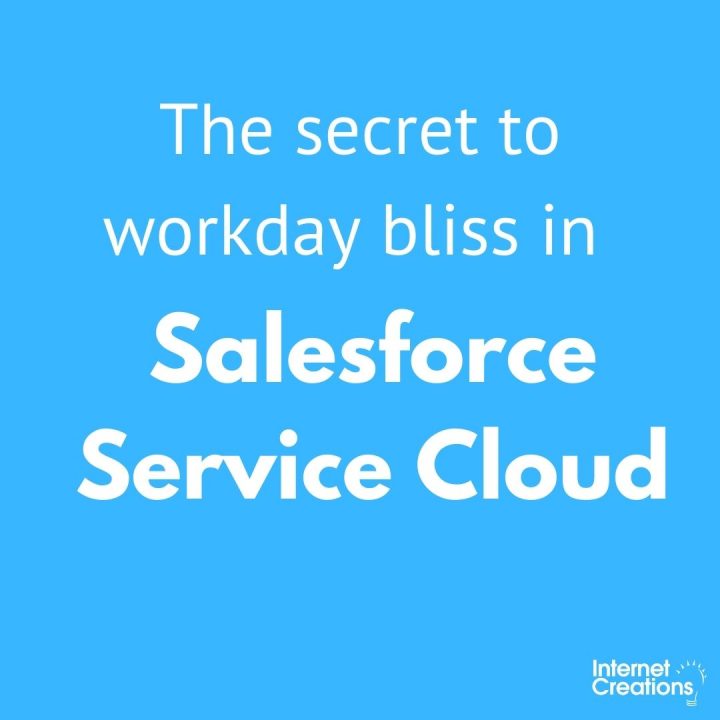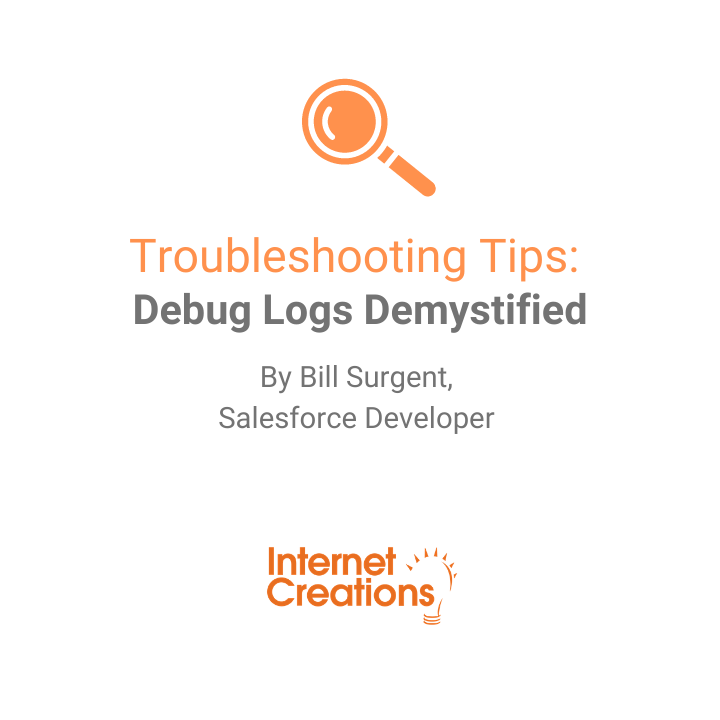It’s Not So Complicated: A 5 Part Series for Exploring Salesforce Data Relationships
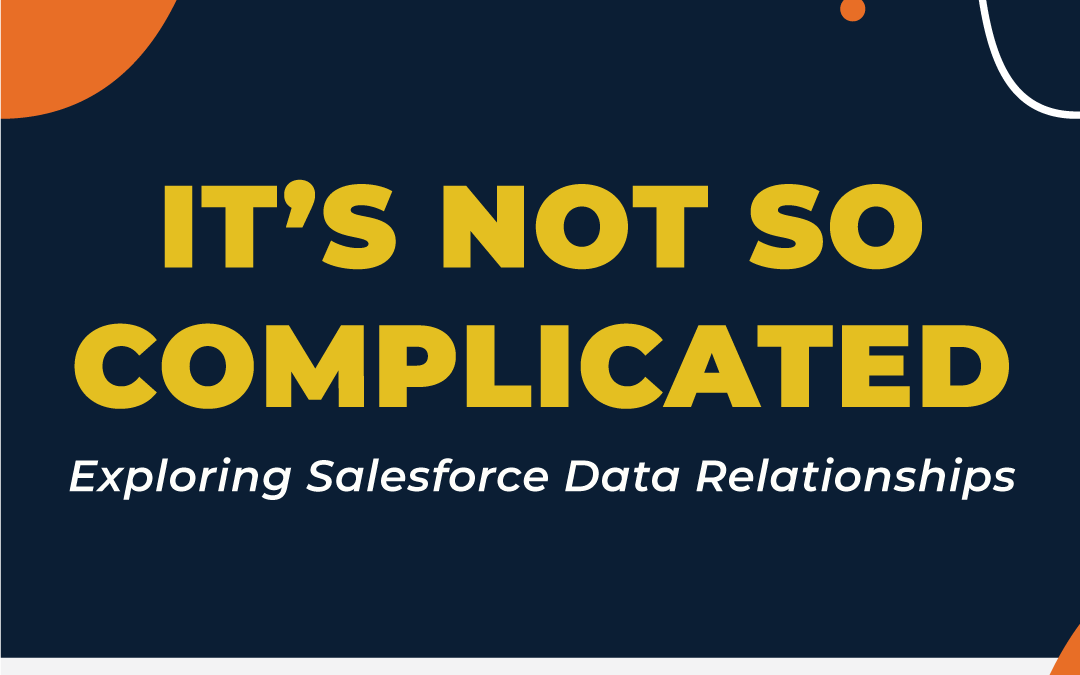
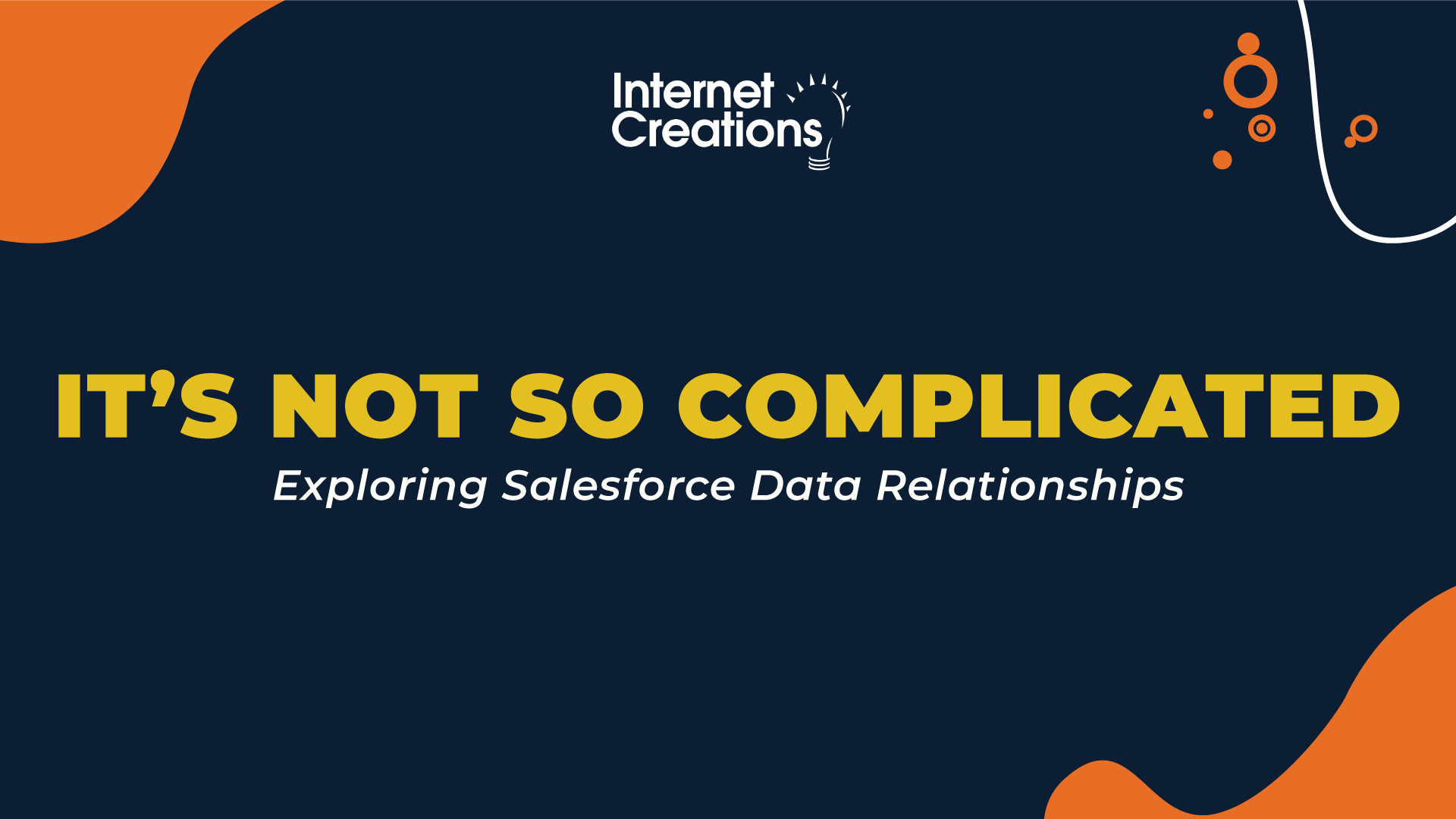
This 5 part series is an attempt to corral—all in one place—what I feel is most important to know about relationships in Salesforce. This is based on my 10 years of platform experience, providing Salesforce solutions to thousands of users across orgs from small ‘mom and pop’ to Fortune 100 enterprise instances, learning the best of best practices (and some painful gotchas) along the way.
The inspiration to commit this to ‘paper’ was working with a colleague on submitting an abstract—on this very topic—for a speaking engagement. It became clear to me that while a 20 or even 40 minute presentation can explore the different kinds of relationships, it can’t really dive into some of the nuances, potential gotchas and detailed discussion.
These posts are not meant to be a tutorial in how to create and manage relations—Salesforce’s Trailhead already does a terrific job. The intent is to help understand the power and potential of data relationships on the platform. (As a nod to the different ways databases can organize information, let’s call out that Salesforce is built on the relational database model and therefore these posts focus strictly on those concepts.)
Across this series of 5 posts—through the lens of the Salesforce platform and the relational database model—we’re going to explore:
- 1: What’s a data relationship?
- 2: Relationship workhorses: lookup and master detail (and the lowly hierarchical)
- 3: Special Relationship Tools
- 4: Custom metadata type relationship: yes, it’s a thing
- 5: Relating to data off platform
- The Journey “We” Take to Better Salesforce Experiences - May 13, 2021
- What to Consider when Securing Salesforce with Multi-Factor Authentication - February 4, 2021
- Part 4: Custom Metadata Type Relationships: Yes, It’s a Thing - June 23, 2020
